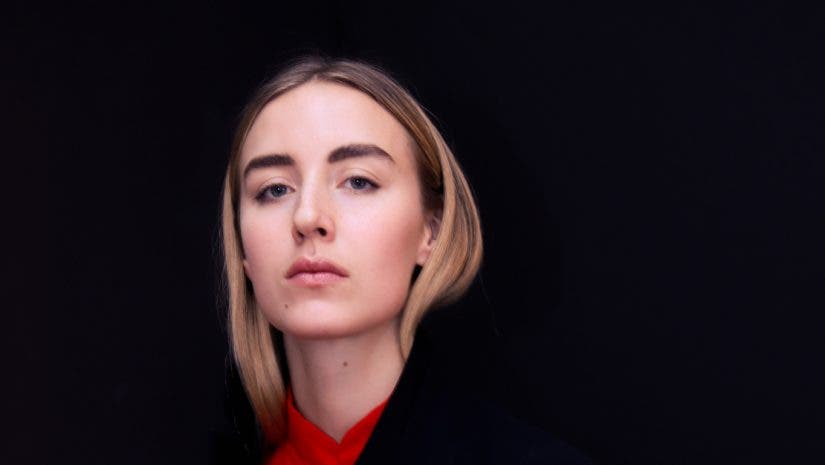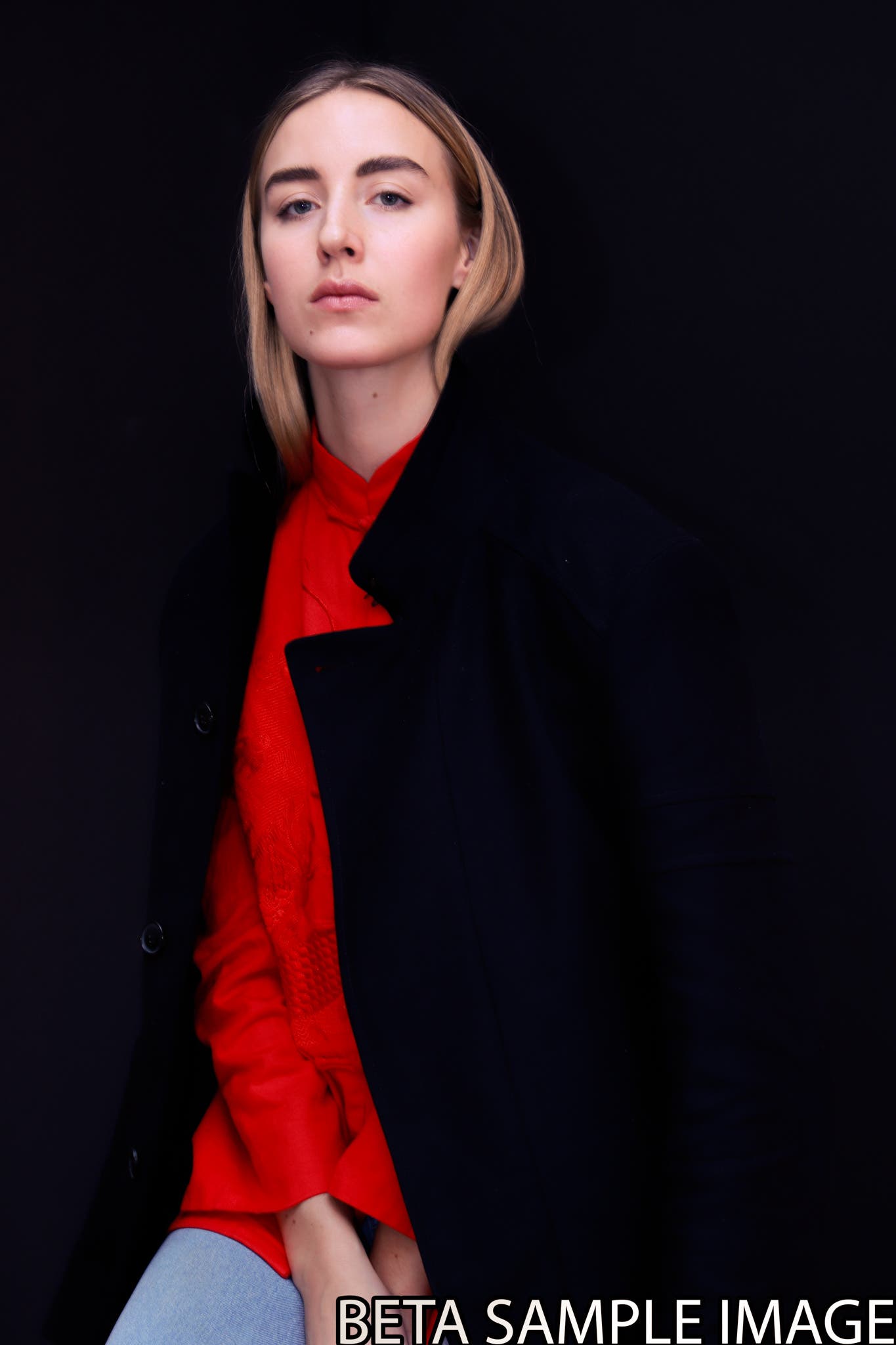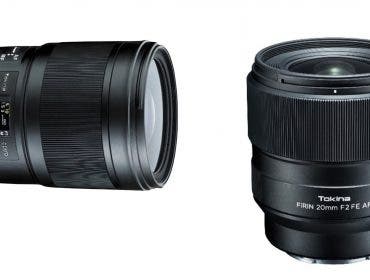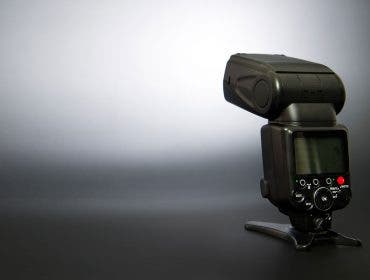Canon’s EOS Flash system is a bit more robust than many might be aware, and more varied. The system was birthed in the late 80’s, and the product lineup has evolved through many incarnations since. However, it’s not a stretch to consider their latest offering the biggest evolution yet. In fact, it’s fair to say we’ve not seen anything quite like the Speedlite 470EX-AI from Canon, or indeed any other manufacturer, period.
It warrants stating immediately that while the natural inclination is to associate the initialism “AI” with “artificial intelligence,” in actuality it stands for “Auto-Intelligent Bounce”, and “bounce” is this new flash’s signature dish. The new 470EX-AI will move and take measurements of your subject and the room, all on its own, to select the best angle and setting for the best bounce.
For those who have either set a toe in the waters of flash photography or gone in head-first, it becomes immediately apparent when using any flash or strobe that the size of the light source is always a critical consideration, if not the first.
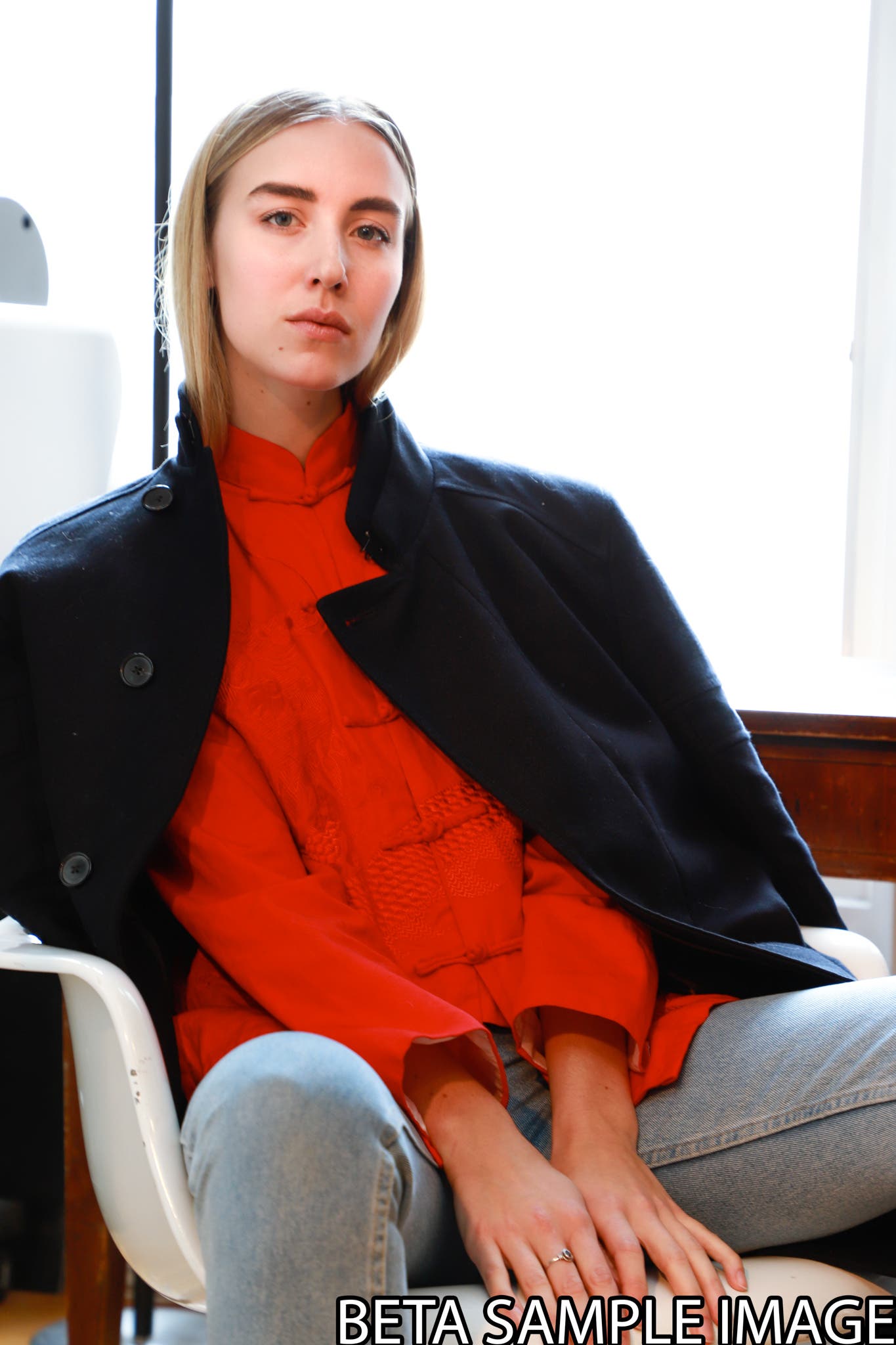
Generally speaking, the light that we consider “good” is soft, and soft light is typically the result of a large source — unlike that of a small strobe or on-camera Speedlite like the 470EX. As such, we learn quickly to aim the light at a larger source (like a ceiling) to “bounce” it back to the subject, which has the effect of broadening out the light spread, effectively turning the small light source into a large one, at the cost of some power.
This can work extremely well to provide a softly lit correct exposure, but only if you know how to set the right angle to achieve the best results, and power settings for the best exposure. The 470EX-AI takes the guess work out of the equation on both fronts.
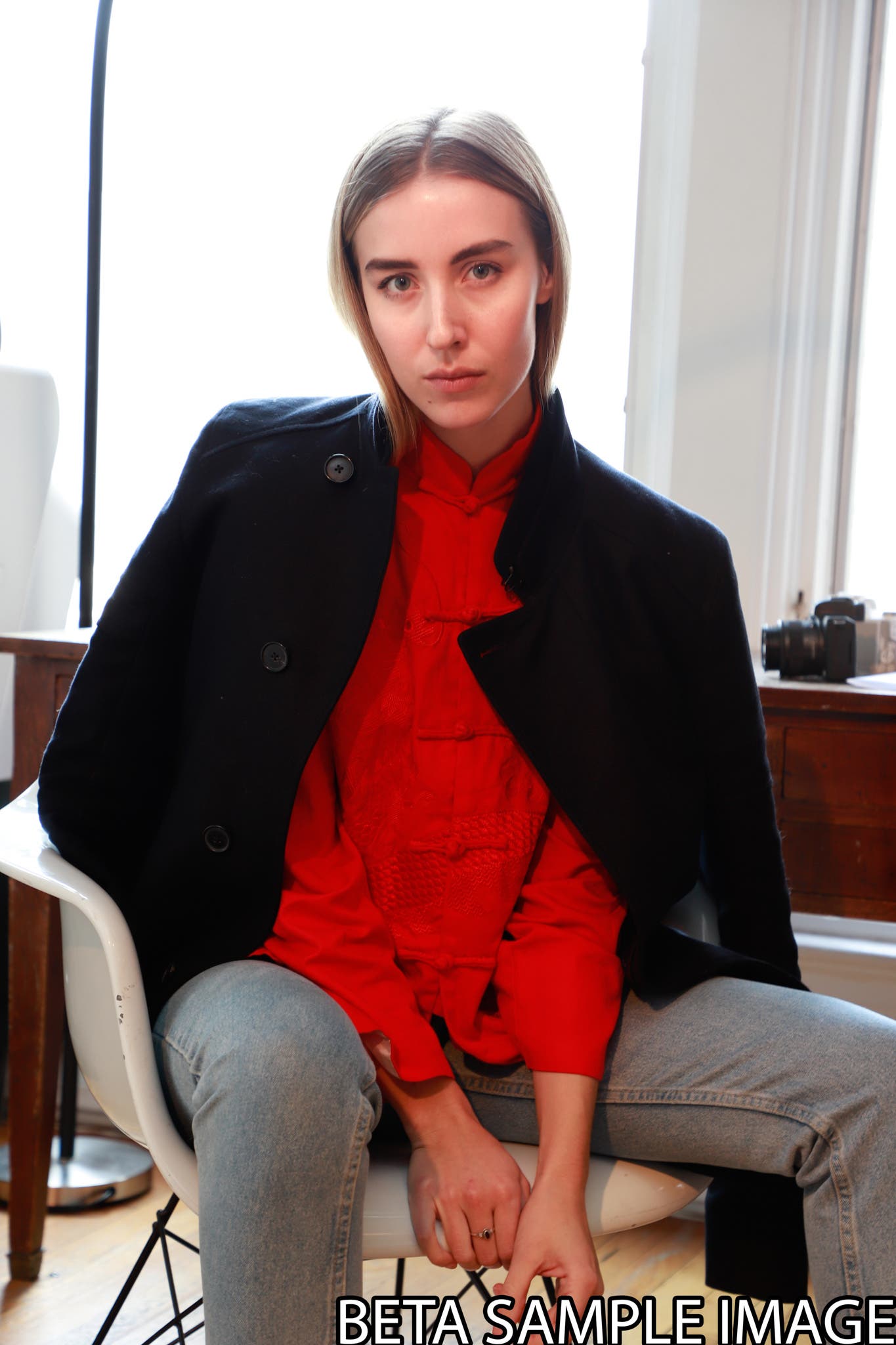
As it uses ETTL, it can measure the scene to find the best output settings for correct exposure, and it will also measure the distance between the subject and the ceiling in order to select the ideal angle for optimal bounce, move itself into that position quickly, thus allowing you to achieve that look with more ease, speed, and fluidity than ever.
The 470EX-AI doesn’t, however, only move angle of tilt on its own, but can also rotate and swivel on its own (as well as through manual input), and that opens up a much broader spectrum of ways to use your flash, pose your subject, and generally get creative with your imagery.
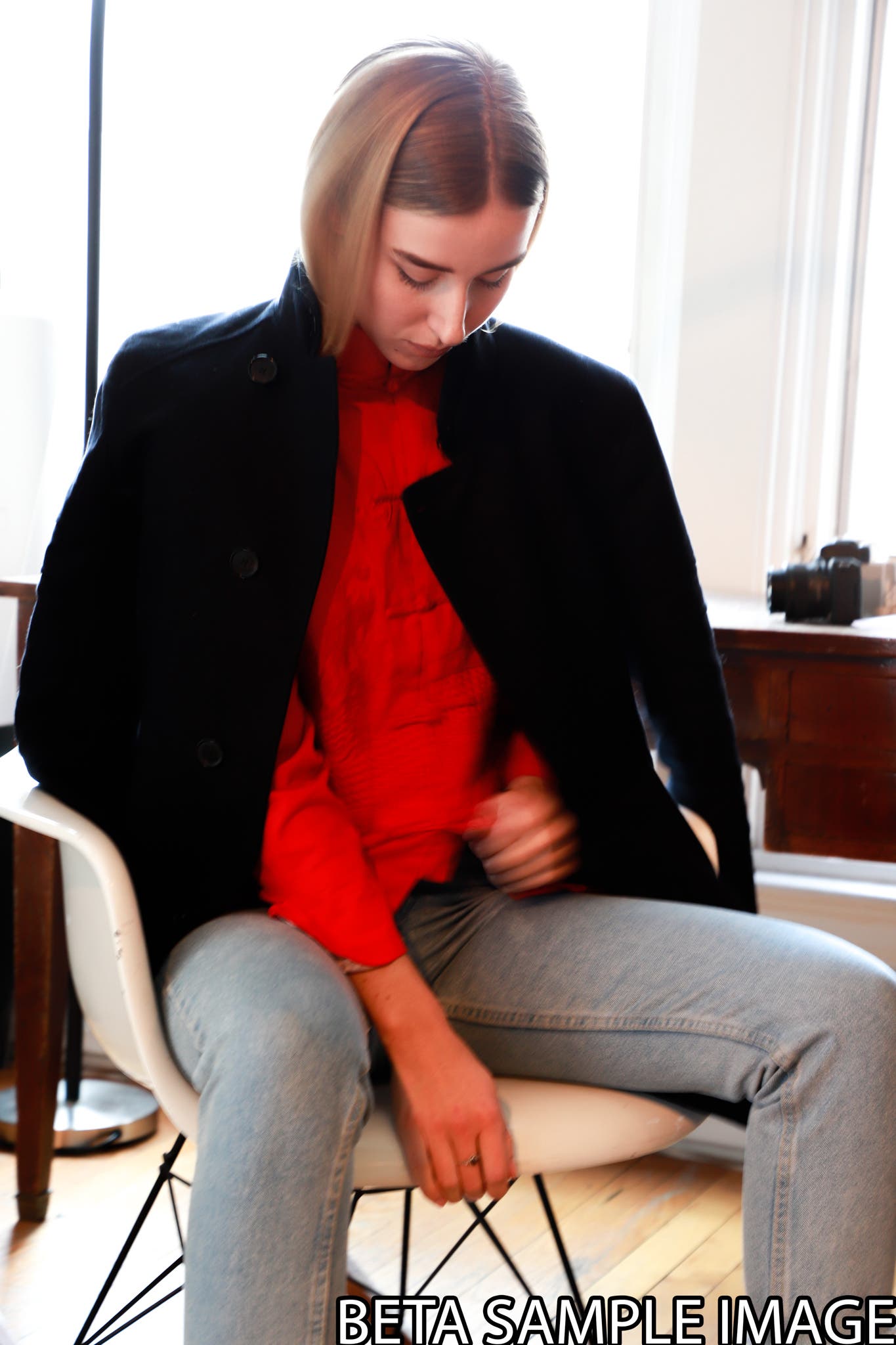
One immediate way a user will see this is when changing the orientation of your camera from landscape to portrait. Normally in this circumstance, the photographer would have to manually adjust the flash head to point into the same direction as in landscape in order to get the same exposure, but with the 470EX-AI there is no need; a quick double-tap (half press) of the shutter-release button will see the flash-head maneuver itself into position to fire at the same angle as it was doing in landscape, so you can transition between orientations seamlessly while maintaining consistency in your looks. Alternatively, you can keep the shutter-release button half-pressed and the flash will continually move into position as you change.
All of the aforementioned is predicated on setting the 470EX-AI in it’s fully automatic “F AI-B” mode, which can do everything for you and essentially takes the decision-making out of your hands (though you can adjust power output as you like as the often TTL will meter to overexpose a bit). However, as a photographer you’ll often want to execute a vision a flash can’t predict, whilst at the same time have a little help in setting or keeping some of the parameters. For such instances, perhaps more interesting than the AI-B mode is the 470EX-AI’s semi-automatic mode.
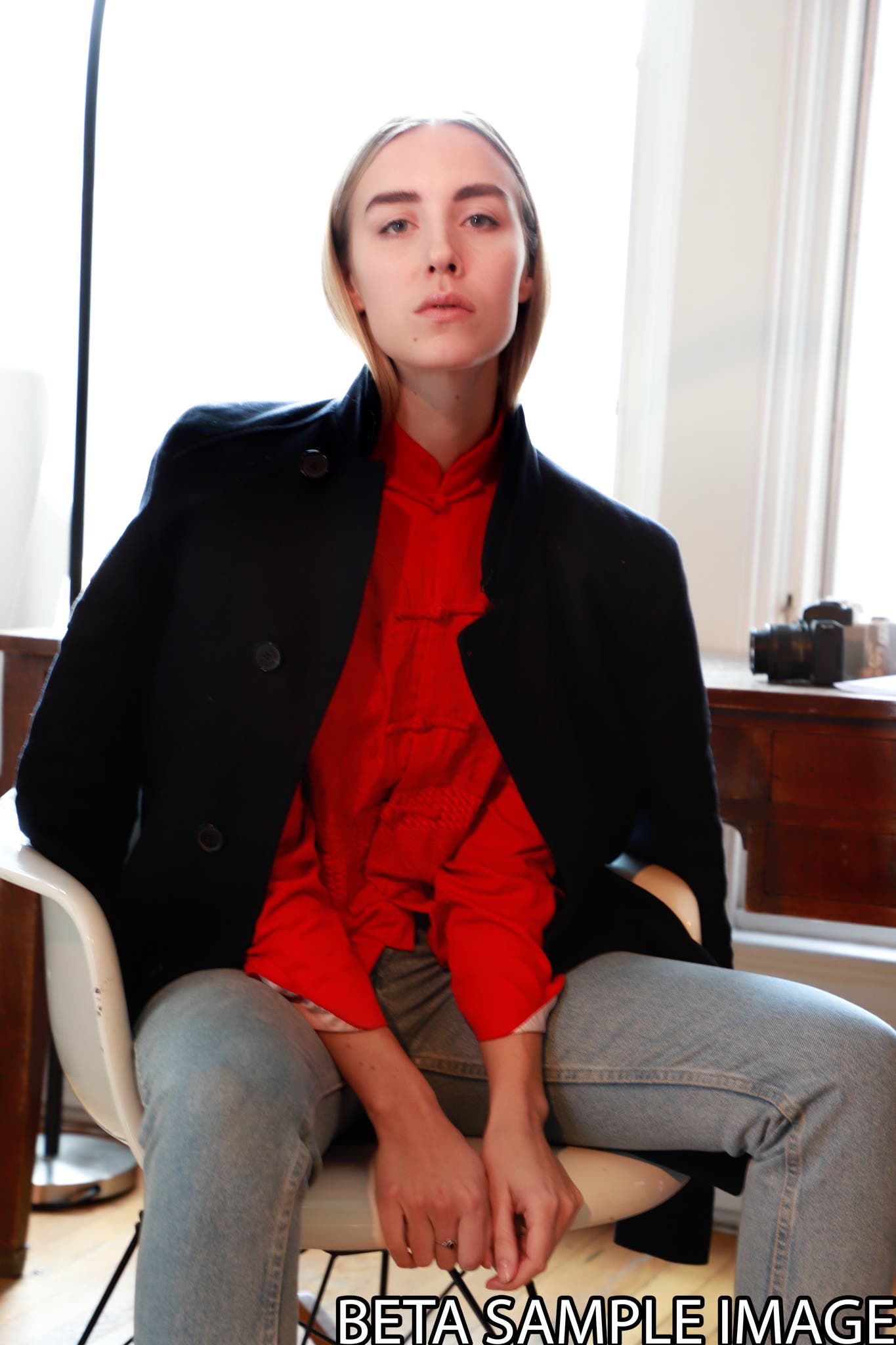
In the “S AI-B” (Semi Auto-Intelligent Bounce) you are able to more freely execute your photographic expression whilst maintaining some of the 470EX-AI’s automatic movement benefits. Essentially, if you are more decided about how you want your shot to look and thus more adept at choosing the angle of bounce, you can set your preferred angle in either orientation and then as you move the 470EX-AI will maintain that angle for you. This is perfect for times you’d like to bounce off a wall or V-Flat (or anything other than a ceiling).
Canon is effectively calling for the 470EX-AI to be used indoors, and of course that would make sense given its full auto functionality with ceiling bounce, however, being able to set your own angle means you can take much of the benefit of this flash outdoor and bounce off whatever you please if you’re comfortable with taking a bit more control.
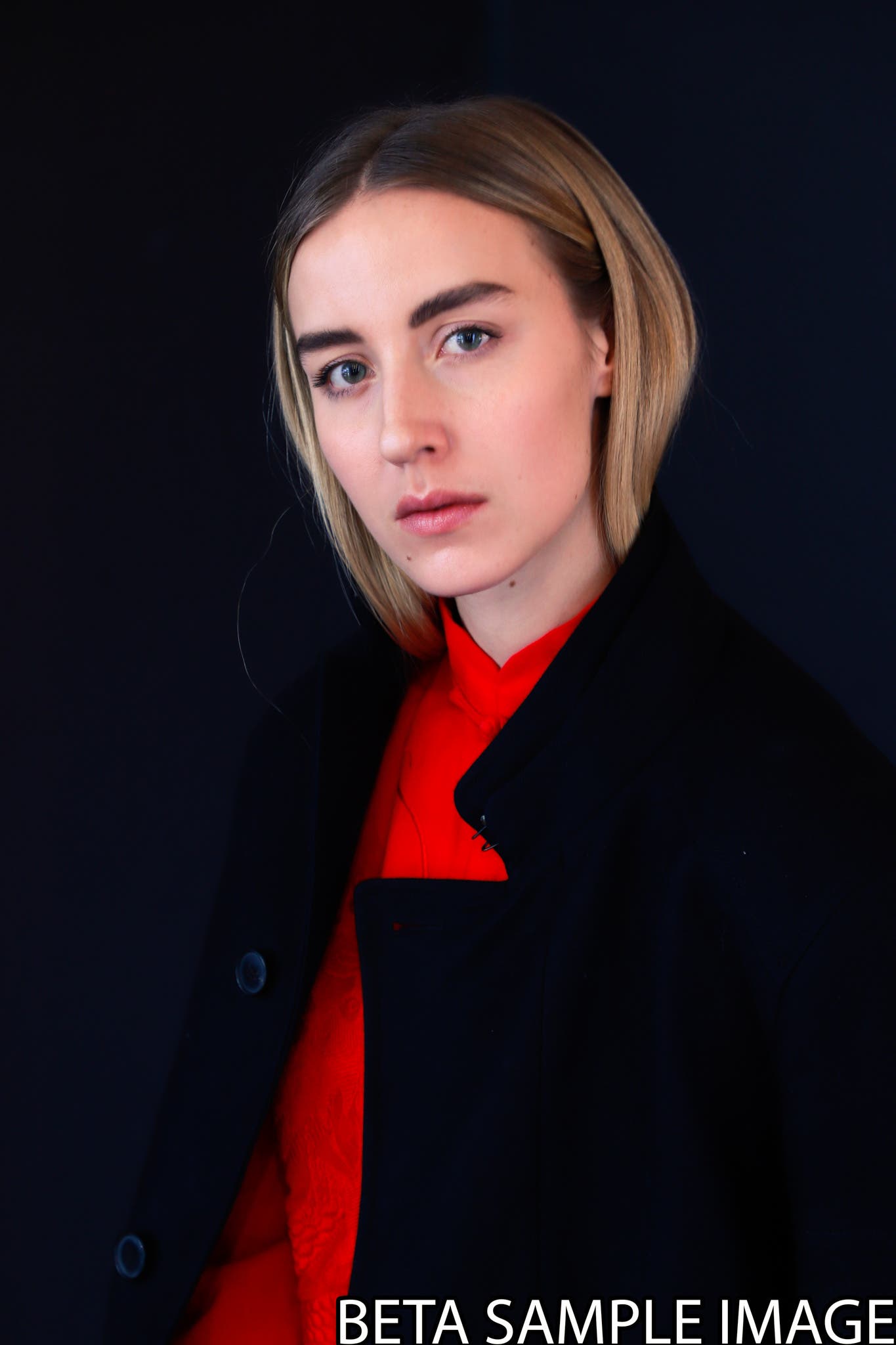
The quality and characteristics of your light will have a greater effect on your photography than just about anything else, and it’s also the key to expressing yourself to the fullest. Something like the 470EX-AI can be of real benefit for those just starting off with flash photography, and those who know the limitations of on-camera flash but know how to get the best out of it and want to do so with speed and ease. That means wedding photographers, portrait shooters, and run-and-gunners will especially benefit from the Speedlite.
Features at a Glance:
- World’s first flash equipped with an AI Bounce function
- AI.B Full-auto mode and AI.B Semi-auto Mode settings
- Maximum guide number of 47 (154 ft./47m) at ISO 100
- AF-assist beam is emitted in low-light scenes
- Zoom flash head range of 24-105mm
- Flash exposure adjustment range of ±3 stops in 1/3 or 1/2 step
- Broad bounce angle range of 0-120° upwards, 180° to the left and 180° to the right
- Optical Receiver mode for off-camera triggering
- Charge status is indicated in the LCD panel
- Mini stand and a new bounce adapter accessories included
The Speedlite 470EX-AI is available for preorder on February 25th for $399.99 and will ship on April 30th from Adorama.
